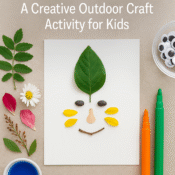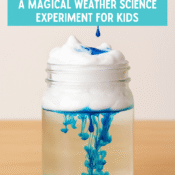
Border Kitchens: Peace Cooking Lessons from Conflict Zones
Challenge at a Glance
How can we introduce children to the themes of empathy, global citizenship, and cross-cultural understanding without overwhelming them with complex world issues? One surprisingly effective way is through food. More than a basic necessity, food is a universal language that carries deep cultural meaning. In many parts of the world, especially in conflict zones, meals become symbols of resilience, identity, and hope.
This blog explores how families and educators can engage children in peace-building cooking activities inspired by real-world struggles. These lessons not only encourage appreciation for global cultures but also develop a deeper sense of gratitude, resourcefulness, and compassion in young minds.
Learning Through Peace-Building Cuisine
Children are naturally empathetic and curious. They ask questions about the world around them and often seek ways to help. While issues like displacement, war, and food insecurity can be difficult to explain, we can introduce these realities through the lens of shared human experiences—such as cooking.
In refugee camps or conflict-affected areas, people use ingenuity and limited resources to feed their families. Meals are often cooked communally, using makeshift tools and shared ingredients. These stories of resilience can be transformed into hands-on cooking and engineering lessons that spark empathy and creativity.
Incorporating peace-focused cooking into your home or classroom offers several educational benefits:
- Global Awareness: Children learn about different parts of the world and the challenges others face.
- Problem Solving: Cooking with constraints builds innovation and adaptability.
- Social-Emotional Learning: Discussing hardship in age-appropriate ways encourages compassion and social responsibility.
Core Activities
1. Build a Battlefield Stove (Reflective Cooking Surface Engineering)
Objective: To simulate how families in conflict zones cook using solar energy and repurposed materials.
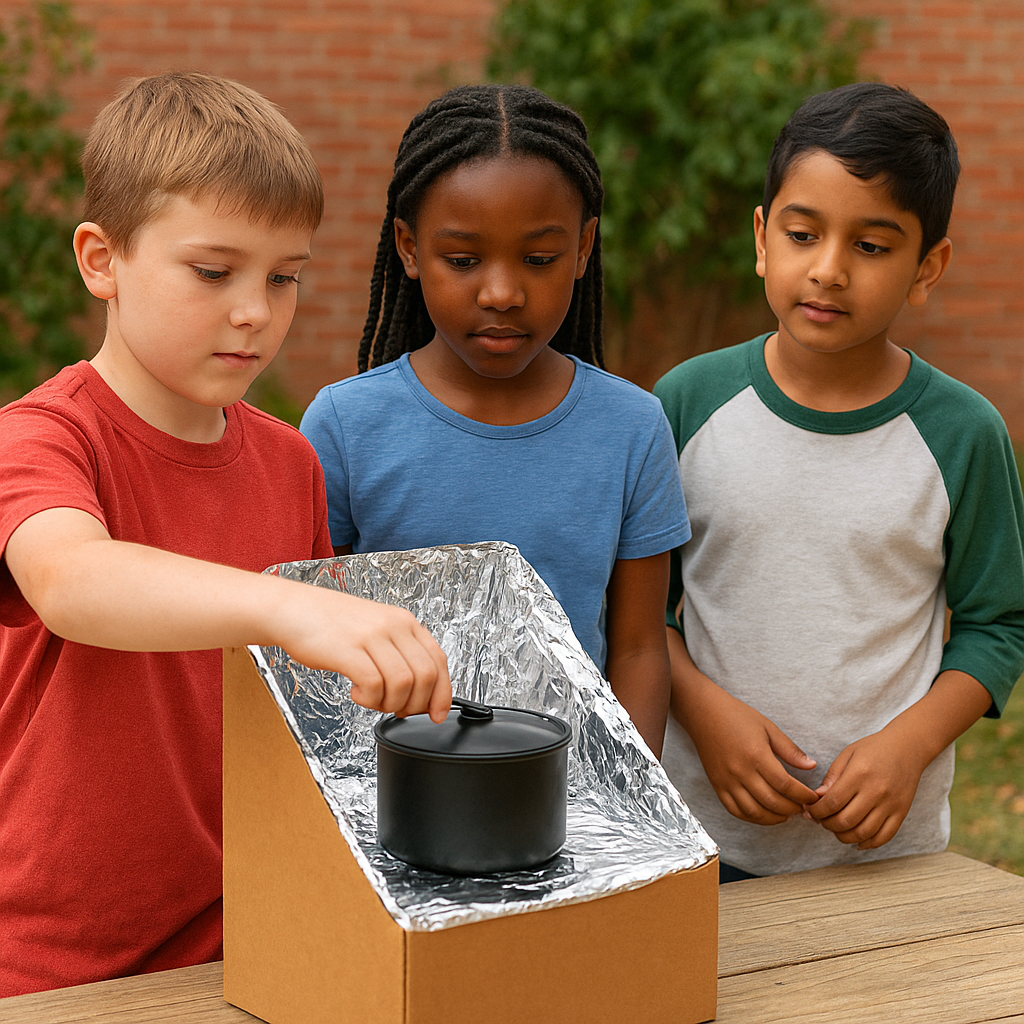
Materials:
- Shoebox or small cardboard box
- Aluminium foil
- Black paper
- Plastic wrap
- Tape or glue
- Small metal container (for pretend food)
Instructions:
- Line the inside of the box with black paper to absorb heat.
- Cover the inside of the lid with aluminium foil to reflect sunlight.
- Create a transparent top using plastic wrap, sealing it to trap heat.
- Place the box in direct sunlight and add a small pot with dry beans or rice for pretend cooking.
Discussion Points:
- Why do people use solar ovens in refugee camps?
- How does this design help reduce fuel costs or firewood needs?
Educational Tie-In:
- Energy conservation
- Thermodynamics and reflection
- Humanitarian engineering
2. Cultural Spice Exchange Experiment
Objective: To understand how food becomes a cultural bridge, even in diverse or displaced communities.
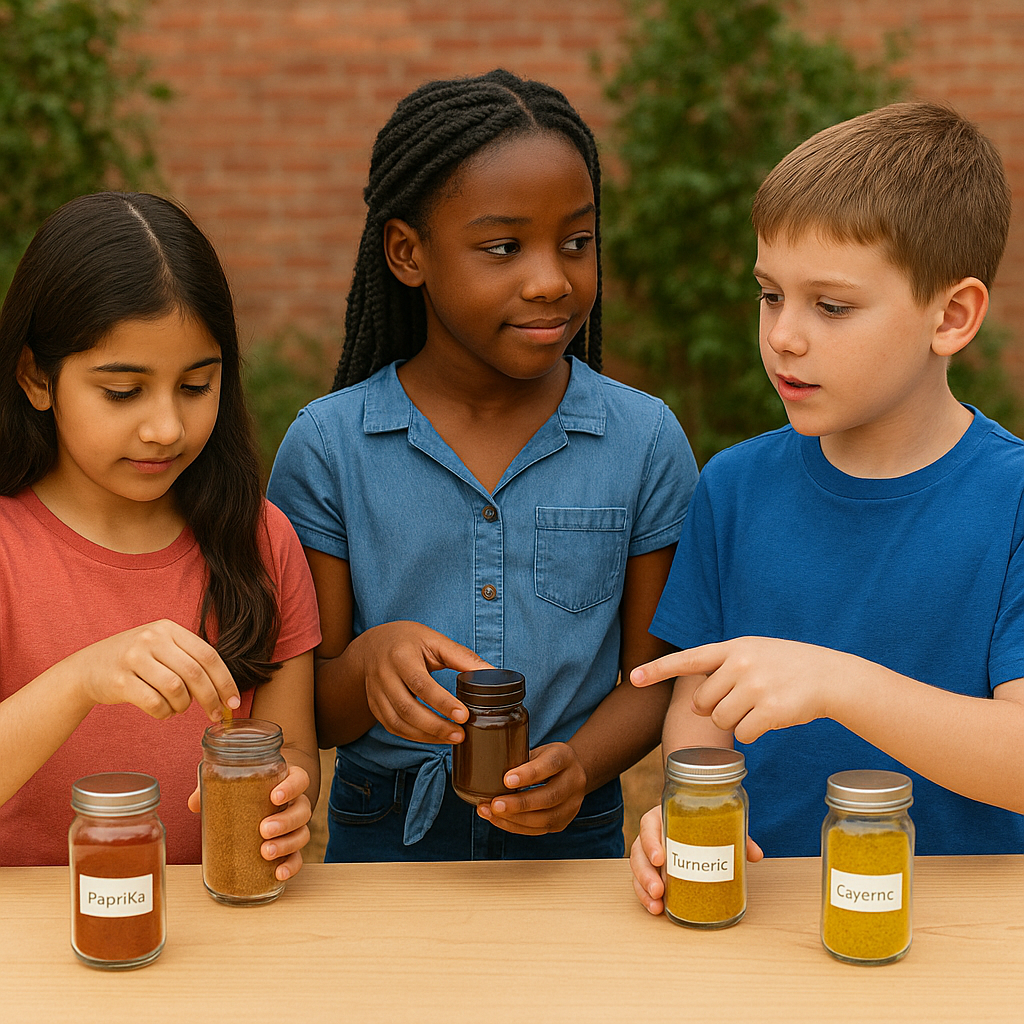
Materials:
- Small spice jars or paper envelopes
- Spices like cumin, coriander, paprika, cinnamon, turmeric
- Labels and markers
- A world map or globe
Instructions:
- Assign each spice to a region (e.g., cinnamon = Sri Lanka, za’atar = Middle East).
- Let each child choose or “trade” spices to create their own mix.
- Encourage them to name their blend and describe how it smells or what dish it reminds them of.
Discussion Points:
- How do spices reflect cultural identity?
- What happens when people from different backgrounds share food traditions?
Educational Tie-In:
- Geography
- Sensory learning and language development
- Cultural exchange and diplomacy
Peace Kitchen Swaps
If you’re short on time or want to simplify, try one of these quick adaptations:
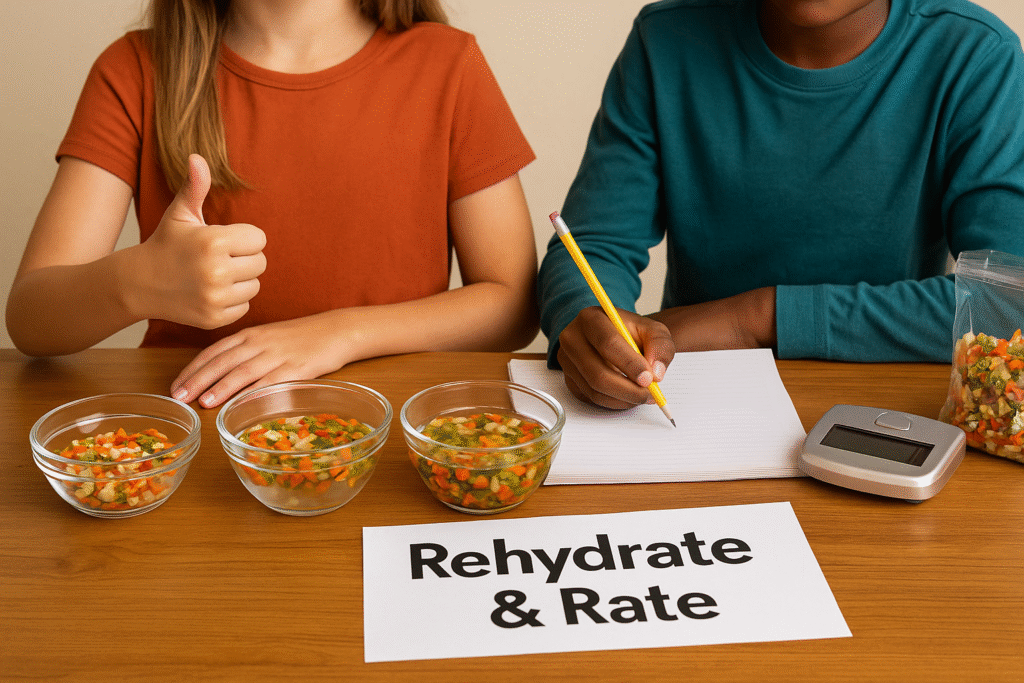
Rehydrate & Rate: Use dried vegetables or instant soup packs. Let kids experiment with cold water, warm water, or soaking time to see which method restores texture and flavour best. Turn it into a game with ratings!
Nutrition Density Challenge: Provide mock “ration kits” and nutrition labels. Let kids compare them and build a “super ration” that balances calories, vitamins, and cost. You can use beans, rice, lentils, dried fruit, etc.
Storytelling Prompt: Ask kids to write or draw a story about someone cooking under difficult circumstances. This can build empathy and creativity without needing any materials.
Free Download Resources
To help bring these ideas to life, download the free PDFs,it includes:
- DIY Reflective Stove Template
- Global Spice Worksheet: My Culture, My Flavour
- Peace Meals Recipe Cards with Country Flags
These resources are perfect for classrooms, homeschool families, or community workshops.
Final Reflection
“Border Kitchens” is more than just a project—it’s a window into how humanity adapts and connects, even in times of crisis. When children learn how people cook, share, and survive with limited means, they build respect for cultures that are often misunderstood or overlooked.
Incorporating activities like the ones above not only enriches academic understanding but fosters emotional growth and intercultural fluency. You can take it further by starting a family “Peace Journal,” hosting an international food night, or inviting guest speakers who have lived in refugee communities.
Let this activity be the start of many meaningful conversations around the dinner table.


